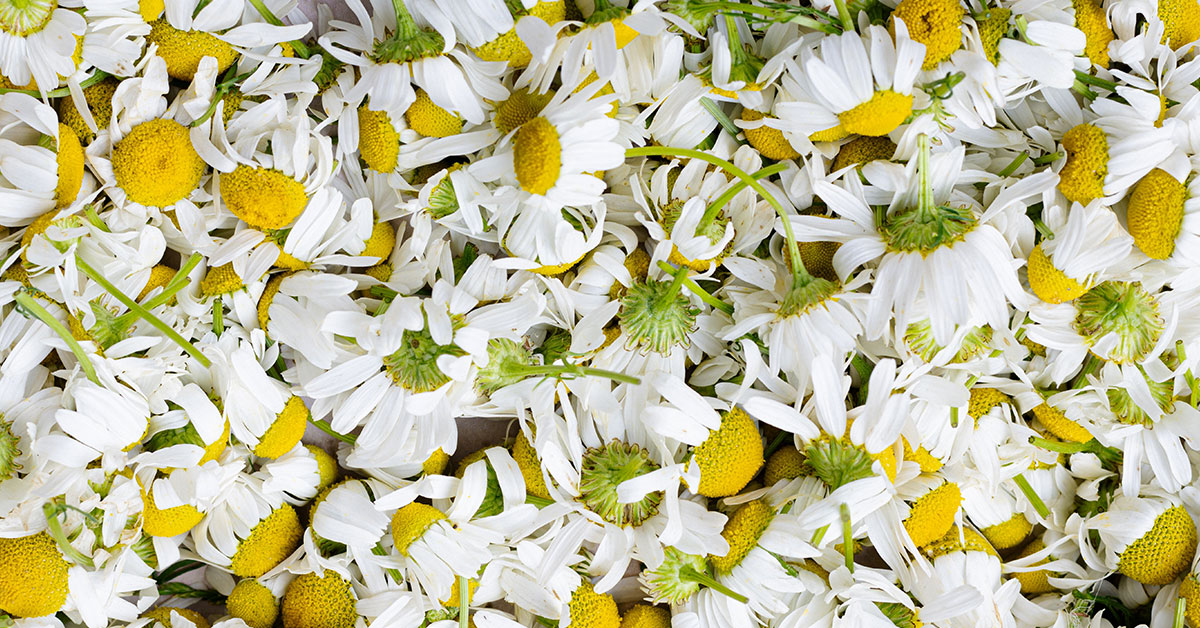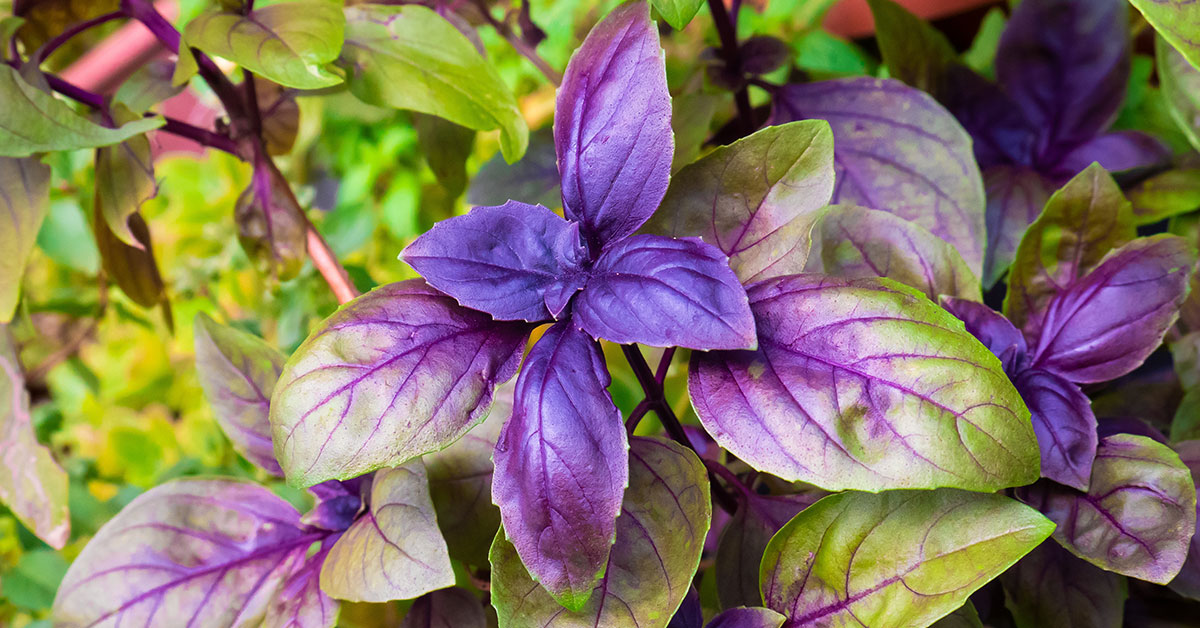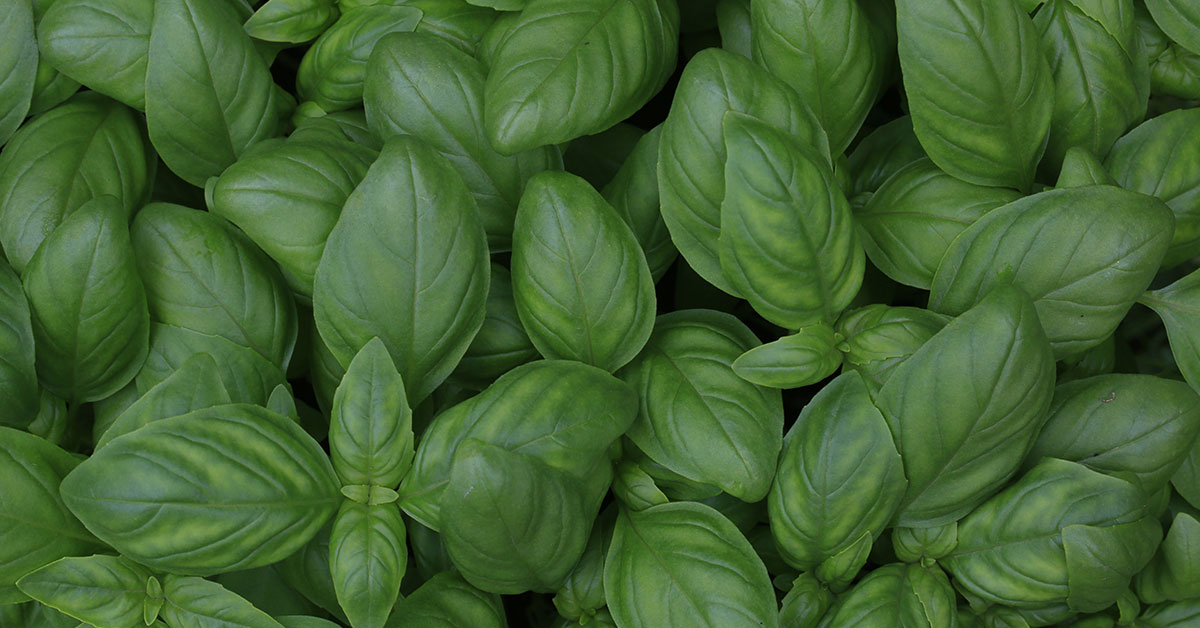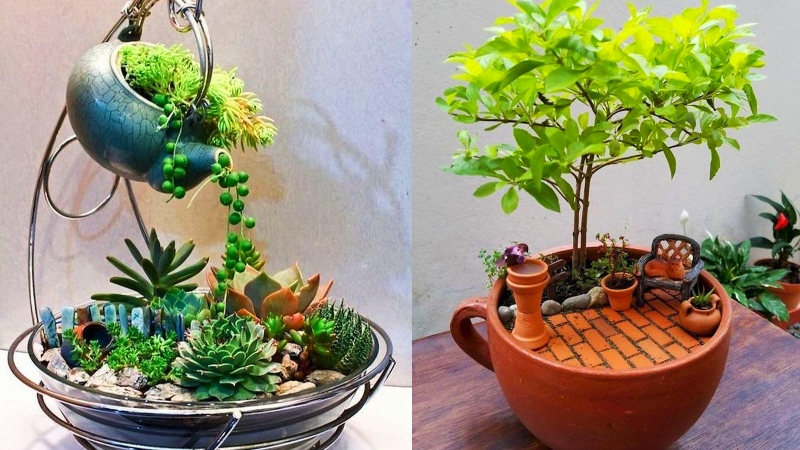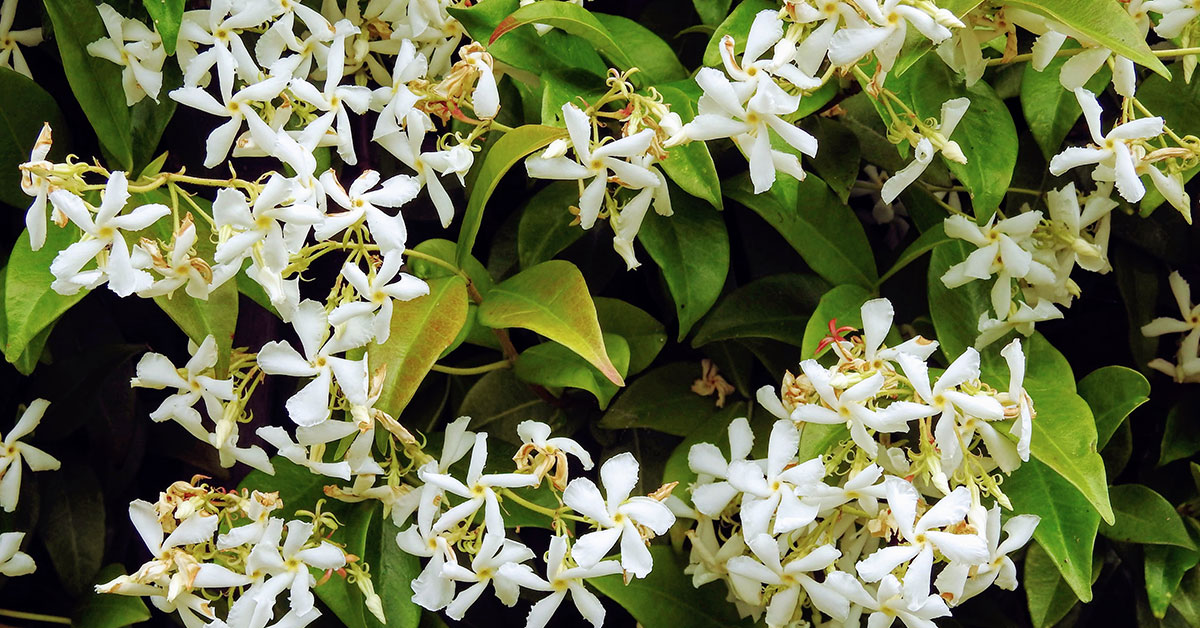Whether or not I even use them in the things I cook, I love to grow herbs. One of the herbs you will always find in my garden is thyme. It’s a beautiful, fragrant, low-growing perennial herb that erupts in flowers that my local native pollinators just can’t seem to get enough of, and frankly, I don’t think I can get enough of them either. Let’s talk about this awesome little herb and how you can grow it in your garden too.
What is Thyme?
Thyme is an herb belonging to the Thymus genus, which is a close relative of the oregano genus Origanum. It is commonly used in cooked dishes and is grown as an ornamental plant in gardens.
- Latin name: Thymus
- Native to: The Mediterranean
- Invasiveness: Potentially
- Tenderness: Perennial
- Sun: Full sun
- Water: Limited once established
- Soil: Average, well-draining soil
- Hardiness zone: 5-9
- When to plant: After final frost
- Spacing: 12-24 inches
- Plant height: 6-12 inches
- Bloom period: Spring-summer
- Time to maturity: 75-90 days
- Container friendly: Yes
- Fertilizer: Loves fish emulsion
- Toxicity: Not toxic
- Drought tolerant: Yes
- Deer resistant: Yes
- Pest resistant: Yes
How to grow Thyme
Thyme is a hardy perennial plant when grown in hardiness zones 5-9. In warmer zones, it may be an evergreen perennial. It needs to be planted in full sun and, once established, only needs water every 10-15 days. It’s not picky about soil and will do well in most dirt, as long as it’s well-draining. Thyme plugs can be planted 12-24 inches apart after the danger of frost has passed.
This herb typically blooms for about 4 weeks during spring-summer and will mature in its first year after about 3 months. It’s container friendly and will thrive on a little bit of fish emulsion provided every 2-4 weeks during its growing season. Thyme is a good candidate for growing in containers, as it can spread easily and become an annoying, invasive plant in your garden.
Thyme is non-toxic to humans and pets when consumed in normal amounts and is known to be deer and pest resistant.
When to start Thyme seeds
It is recommended that gardeners who want a head start on the growing season sow their thyme seeds indoors in standard organic potting soil 8-10 weeks before the danger of frost has passed. Don’t plant seeds deep, instead spread them over the top of the soil and spread a very thin layer of dirt over them. Keep moist and maintain a soil temperature of 65-70 degrees Fahrenheit and your thyme seeds will sprout after 14-21 days.
When to plant Thyme
Thyme plugs can be planted outdoors after the final danger of frost has passed in your area. Plant them 12-24 inches apart. This herb gladly spreads, so be careful not to plant them too close together. These herbs will also self-seed after flowering, helping to fill in any gaps between your plants.
Harvesting
You can begin harvesting this herb about 3 months after its planted, having allowed it to get better established. Still, it’s best not to get too aggressive. I don’t do any major thyme harvesting until at least the second year. Once well-established, harvesting is as simple as cutting off the top 3-5 inches of the plant, leaving any woody stems intact. Some gardeners say it’s best to harvest thyme in the morning after the dew has dried. I normally just harvest it whenever I need it.
How to collect Thyme seeds
Your thyme plants will generally flower sometime in late spring to early summer, and those flowers will last about a month. Once the flowers have died, you can gently cut them from the tops of your plants and place them in a cool, dry location to further dry. Once the flowers are very dry, you can gently shake the flowers over a bag, which will cause the flowers to drop their seeds.
Wildlife attracted by Thyme
If you want to bring pollinators to your property, this is a great herb to plant. Tons of different insects, like flies, bees, and solitary pollinators will visit your property to feed on its small flowers.


